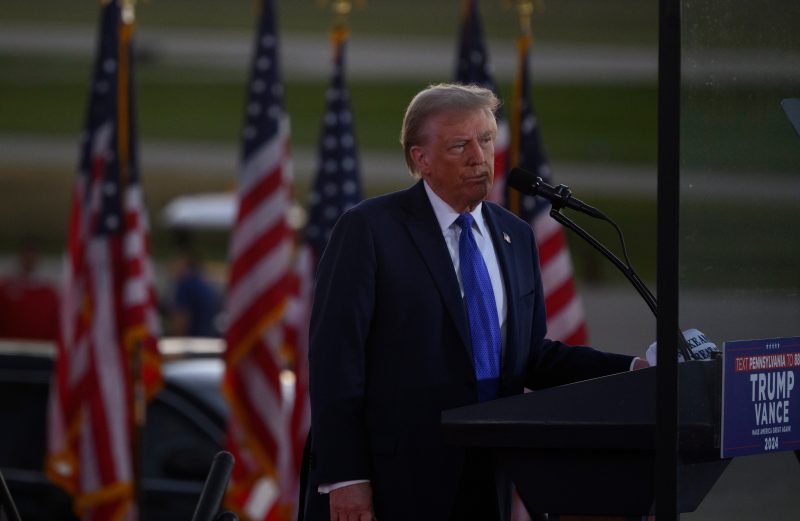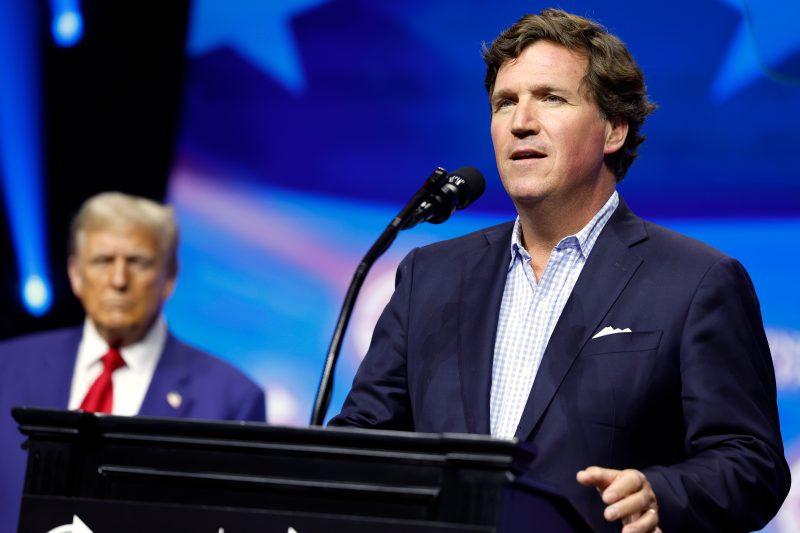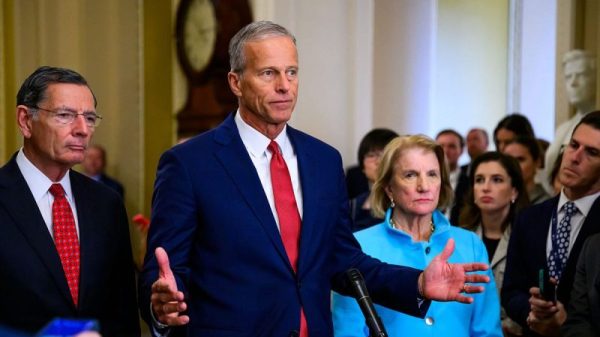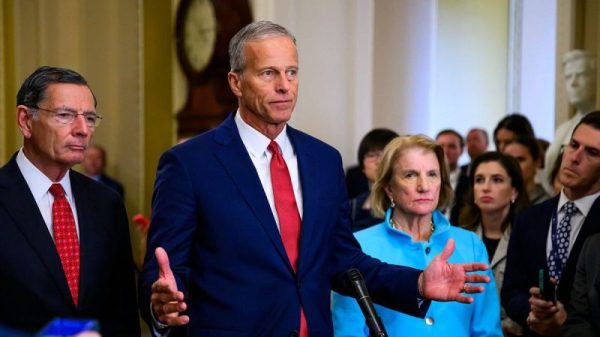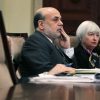
By Shivangi Acharya and Nikunj Ohri
NEW DELHI (Reuters) – After world-beating economic growth last year, India’s policymakers are scrambling to head off a sharp slowdown as worsening global conditions and domestic confidence wipe out a recent stock market rally.
On Tuesday, Asia’s third-largest economy forecast annual growth of 6.4% in the fiscal year ending in March, the slowest in four years and below the government’s initial projections, weighed by weaker investment and manufacturing.
The downgrade follows disappointing economic indicators and a slowdown in corporate earnings in the second half of 2024, which have forced investors to rethink the country’s earlier outperformance and cast doubts over Prime Minister Narendra Modi’s ambitious economic targets.
The fresh worries are heightening calls for authorities to lift sentiment by loosening monetary settings and slowing the pace of fiscal tightening, especially as Donald Trump’s looming second presidency throws more uncertainty over the global trade outlook.
“You have to revive the animal spirit, and you also have to ensure that consumption picks up. It’s not that easy,” Madhavi Arora, chief economist at Emkay Global Financial Services, said, adding India could expand its fiscal balance sheet or cut interest rates.
Such calls come amid a flurry of meetings by Indian policymakers with businesses growing increasingly worried about faltering demand.
Finance minister Nirmala Sitharaman held a series of meetings in December with industry and economists, customary ahead of India’s annual budget, which is due Feb. 1.
Some of the measures proposed in those talks to boost growth include putting more money into the hands of consumers and cutting taxes and tariffs, according to demands by trade and industry associations.
GROWING CONCERNS
The worries about India’s economy knocked 12% off the benchmark Nifty 50 index from late September to November. It clawed back those losses to end 2024 up 8.7%, a decent gain but well off the previous year’s 20% surge.
As confidence wanes, the political urge to stimulate growth appears to be broadening.
India’s monthly economic report published last month said the central bank’s tight monetary policy was partly responsible for the hit to demand.
Modi has made some high profile changes recently that are expected to lift economic growth as a priority over price stability.
In a surprise move in December, Modi appointed Sanjay Malhotra as the new central governor, replacing Shaktikanta Das, a trusted bureaucrat who was widely expected to get another one to two-year term as bank chief after having completed six years at the bank.
The appointment of Malhotra, who recently said the central bank will strive to support a higher growth path for the Indian economy, came immediately after the September quarter growth slowed much more than expected to 5.4%.
During the pandemic, Modi sought to keep the economy growing by raising infrastructure spending and limiting wasteful expenditure to keep government finances in good shape.
That lifted headline GDP growth but has not supported wages or helped consumption sustain an annual expansion of more than 7% over the past three years.
While India’s economy may still outperform globally, the question is whether it can maintain 6.5%-7.5% growth or slow to 5%-6%, said Sanjay Kathuria, visiting senior fellow at Centre for Social and Economic Progress.
Arora said the country currently is in a “bit of a limbo” where individuals are not spending. She expects this to continue if employment does not improve and wage growth remains weak.
Reuters reported last month the government plans to cut taxes for some individuals and is preparing to offer tariff cuts on some farm and other goods mainly imported from the U.S., to clinch a deal with Trump.
Economists say the government will have to slow some of its fiscal tightening to support growth with the success of such measures dependent on the extent of the cuts.
With regards to trade, analysts say India needs a credible plan to fight Trump’s tariff wars.
If China remains the main target of Trump’s tariffs, that could present an opportunity for India to boost its trade profile, although it would also need to let the rupee fall further to make its exports more competitive, economists said.
India needs to “seriously implement tariff rationalisation to help embed itself more deeply into global value chains,” Kathuria, also an Adjunct Professor at Georgetown University, said.
This could include tariff cuts aimed at pre-emptively heading off punitive levies from a Trump White House.
“India should announce some proactive measures for U.S. suo-moto to bring concessions for the U.S. rather than waiting for the new administration to announce their steps,” said Sachin Chaturvedi, head of the New Delhi-based Research and Information System for Developing Countries.
















